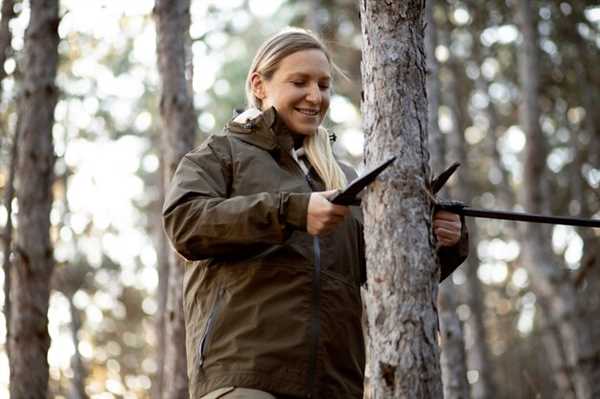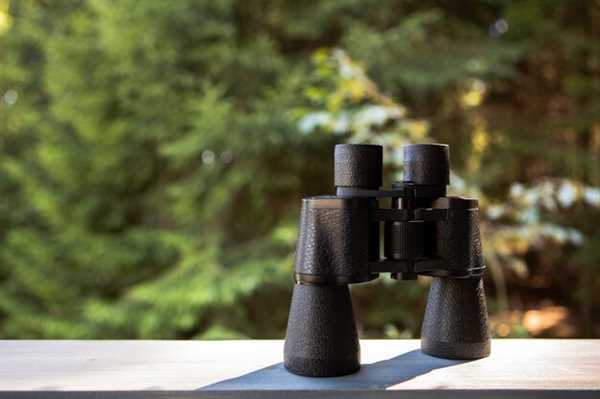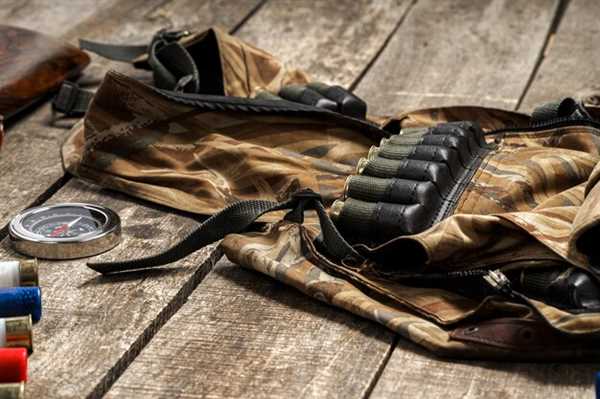
Choose a layering approach that adapts to changing weather conditions. Start with a moisture-wicking base layer that keeps you dry. This not only enhances comfort but also maintains focus during long hours in the field. Look for materials that allow for breathability while ensuring warmth during colder months.
Next, consider an outer layer that mimics natural surroundings. Patterns that break up your silhouette work best, allowing for better concealment. Look for garments crafted from quiet materials to minimize noise while moving. This can prevent alerting nearby wildlife, increasing your chances of success.
Footwear is equally important; opt for boots designed for traction and support. Waterproof options help in navigating wet terrain, while insulated models keep your feet warm during chilly mornings. Investing in high-quality socks made from moisture-wicking fibers can also enhance comfort over extended periods.
Accessorize wisely with items like gloves and hats that match your clothing patterns. These details can significantly elevate your blending capabilities, ensuring you remain unnoticed in the environment. With the right attire, you enhance your experience and increase the likelihood of a fruitful outing.
Choosing the Right Camouflage Patterns for Your Environment

Select patterns that mimic your surroundings closely. Matching the colors and shapes of your environment can make a significant difference. Consider the following:
- Woodland Areas: Opt for patterns that include deep greens, browns, and hints of grey. Designs featuring leaves and branches can enhance concealment.
- Open Fields: Look for lighter tones like tans and yellows. Patterns that resemble grasses and wide-open spaces will provide better blending.
- Thick Brush: Choose designs with dark shades interspersed with lighter colors. A mix of small and large shapes helps break up your outline.
- Mountain Terrain: Rely on patterns that combine grey, brown, and white, especially if hunting in areas with rocks and snow. Dappled designs help with depth perception.
Evaluate the season as well; foliage changes color and texture throughout the year. Switching to seasonal patterns can increase your success rate.
Additional Tips:
- Consider local wildlife and their coloration. Mimicking what they see naturally can aid in your stealth.
- Test different patterns in your hunting area. Wear trial clothes to assess their effectiveness in various environments.
- Layering is beneficial. Opt for base garments that match your surroundings while using outer layers that might be more versatile for changing conditions.
Always prioritize comfort and ease of movement in your choice of garments while ensuring they remain effective for concealment purposes.
Key Features to Look for in Hunting Clothes
Water resistance is crucial. Opt for materials that keep moisture out while allowing sweat to escape, ensuring comfort during varying weather conditions.
Choose breathable fabrics to maintain a stable temperature. This prevents overheating and discomfort from prolonged wear.
Noise reduction is essential. Look for items designed with quiet technology to avoid alerting animals during movement.
Pockets and storage options should be practical. Ensure sufficient space for gear and personal items without hindering mobility.
Consider layering capabilities. Select pieces that can be easily combined for adaptability in fluctuating temperatures.
Fit and flexibility are important. Clothes should allow for easy movement, accommodating various activities without restriction.
Assess durability of materials. Fabrics should withstand wear and tear from branches, rocks, and other environmental factors.
Finally, check for UV protection. Clothing that shields against harmful rays enhances safety during extended outdoor excursions.
Layering Techniques for Various Weather Conditions

For cold environments, consider a base layer made of moisture-wicking material to keep your skin dry. This should be followed by an insulating layer, such as fleece or down, which retains heat. Finally, an outer shell that repels wind and rain will protect you from harsh elements.
In mild conditions, lightweight fabrics that offer breathability are appropriate. Start with a thin base layer that allows air circulation. A long-sleeve shirt can serve as a secondary layer to provide some warmth without bulk. A lightweight windbreaker can help shield you from light rain or chilly breezes.
During wet weather, prioritize waterproof materials. Use a waterproof outer layer over your insulating layer to ensure you stay dry. Choose waterproof pants and jackets designed to allow moisture vapor to escape while keeping rain at bay.
For warm temperatures, use light-colored, breathable fabrics that reflect sunlight. A short-sleeve shirt paired with moisture-wicking shorts is suitable. If evenings get cooler, a lightweight, long-sleeve option can be added to provide coverage without overheating.
Always assess the forecast and adjust your layers accordingly. Carrying extra gear enables you to adapt to changing weather while maintaining optimal comfort and effectiveness in your passion for the outdoors.


